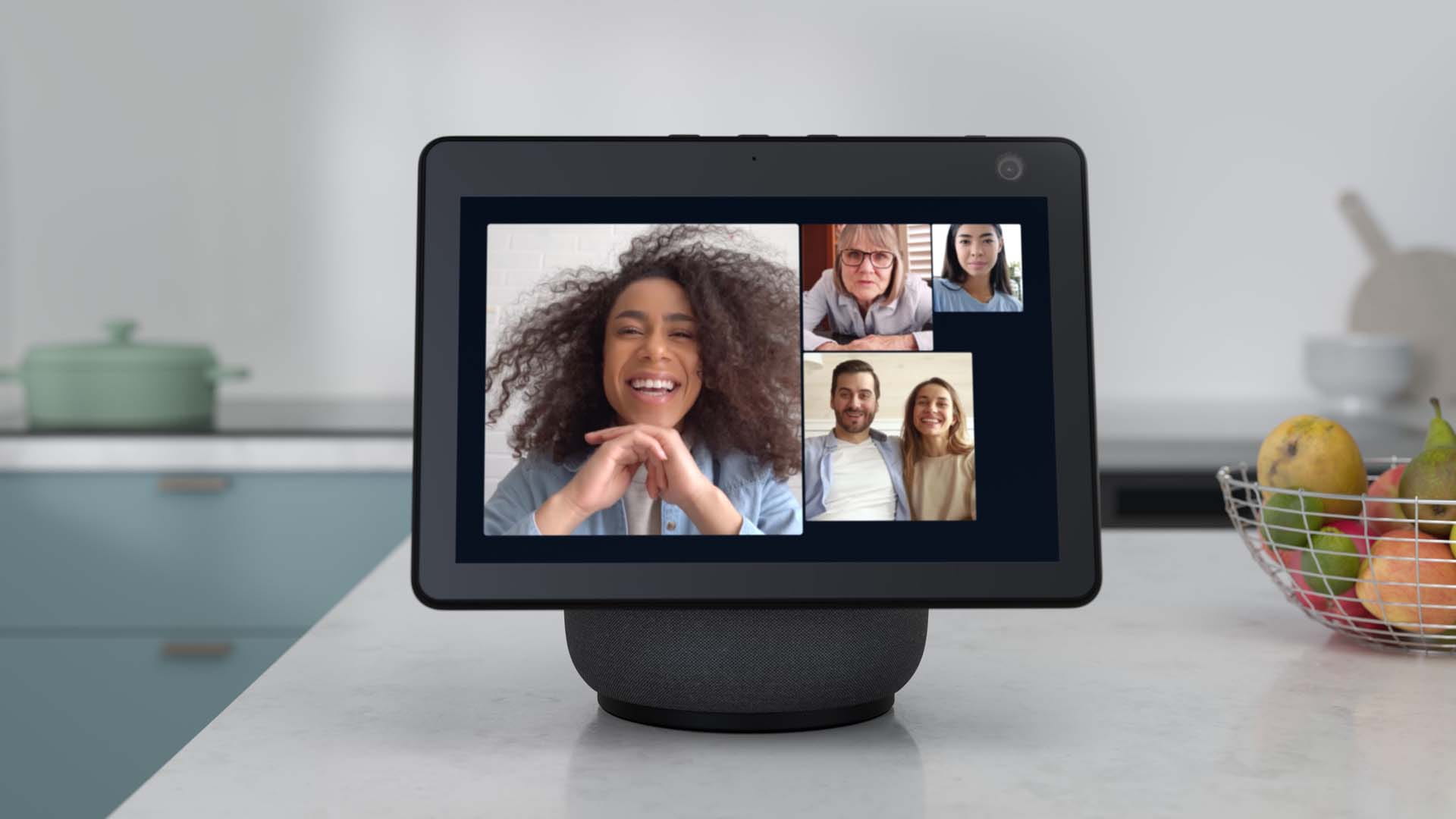What to do if you lose, break or have your phone stolen
How breaking my phone ruined one of the best nights of my life – and the expert lessons that will help you avoid my mistakes

How breaking my phone ruined one of the best nights of my life – and the expert lessons that will help you avoid my mistakes

When I was invited to the world premiere of Victoria Beckham’s Netflix documentary last month, I was convinced life couldn’t get much better. As a lifelong fan of both the Spice Girls and Posh and Becks, I couldn’t believe my luck at being in the same room as them, as well other stars including Richard E Grant and Eva Longoria.
Naturally, I took plenty of photos, while also trying to discreetly stare at how A-listers behaved in an upmarket London cinema.
However, my smug bubble burst when my phone slipped down between the folding cinema seat. I didn’t realise until the end of the screening when I discovered that my phone had been crushed beyond repair and wouldn’t even switch on.
As frustrating as it was to lose all the photos from that night, the real panic set in when I remembered how much I rely on my phone – from payments and banking to tickets, messages and travelcards. I had to borrow my friend’s debit card to get home as I no longer had access to my cards or even my Uber app.
More than 88% of UK adults own a smartphone. Losing or breaking it can feel like losing a lifeline. But what should you actually do if your phone goes missing, breaks, or is stolen?
Tech and security experts Lee Elliott, chief product officer at Compare and Recycle, and James Lei, chief operating officer at security firm Sparrow, explain exactly what actions to take.
“The first thing is to try to locate it remotely using Find My iPhone for Apple or Find My Device for Android,” says Elliott.
“You’ll need to have this function enabled in your phone’s settings and know your Apple or Google account details to log in. If you can’t remember your details, you can go through an account recovery process to help you regain access.
“If the phone is connected to the internet, you can track its location, lock it, or display a message for anyone who finds it. Marking your phone as lost will also block contactless payments.
“Once you’re into Find My iPhone or Find My Device, you will be able to see the location of your lost phone – as long as it is connected to the internet [either via your SIM card or Wi-Fi],” Elliott continues.
“From here, you can mark your device as lost. This will lock it until you find it again, meaning it won’t be accessible until you unlock it. It will also block anyone from being able to use your cards if you have them connected to your phone for contactless payments.”
If you never activated these features, contact your network provider straight away – they can block your SIM card and disable your phone using its IMEI (International Mobile Equipment Identity) number.

Sadly, statistics show that mobile phone theft is on the rise and while it’s upsetting and scary if it happens to you, there are steps you must take to ensure as little damage as possible, as gaining access to the data on the phone is normally more valuable than the phone itself.
“Once someone has physical access, your emails, messages, and banking apps become potential entry points,” Lei says. “Your first move should be to trigger a remote wipe through your phone’s operating system so all data is erased. Right after that, change passwords on critical accounts and enable two-factor authentication if it’s not already active.
“Today’s tracking technology has evolved considerably, making it far easier to recover lost devices or at least secure your data remotely. Enabling features like Find My iPhone or Find My Device should be your biggest priority. These allow you to pinpoint your phone’s exact location, lock it, display a recovery message, or erase your data remotely to prevent misuse,” Lei explains.
“Some advanced recovery apps even include photo capture or location history functions, meaning they can take a snapshot of whoever tries to unlock the device or log its movement over time, which can be important information for recovery or reporting theft.”
You will then need to contact the police and report it as stolen and they should give you a crime number.
When I saw my smashed screen, I thought that at least I could still use it and later get the screen repaired. However, it was so damaged that it wouldn’t even switch on. In cases where your phone’s screen is smashed or it won’t power up, our experts advise taking it to an approved repair centre.
“Your phone manufacturer’s website will list authorised repair partners,” says Elliott.
“Always use one of these to ensure genuine parts and proper safety standards. Unofficial repair shops may be cheaper but often use poor-quality parts that can cause more problems later.”
Also try and have a physical list of emergency contacts in your bag or wallet, so you can let people know your phone is no longer working or that you don’t have access to it.
And with all these scenarios, it’s important to have the correct insurance as it can be very costly to replace a phone, especially if you are in the middle of a contract.
Find out whether you can claim on your home insurance for your mobile phone from the SAGA Insurance experts.
The thought of losing my photos, and precious memories, was one of the things I was most upset about, as well as the inconvenience of retrieving all my apps and passwords. But the good news is that you can retrieve most of your data – if you’ve backed it up.
“If your phone is lost or broken, you can still recover your apps and photos as well as access your files from any other device if you’ve already set up cloud backups,” says Elliott.
“For iPhones, this means storing your phone’s data in iCloud storage and ensuring your phone performs regular ‘backups’ to ensure it has the most up-to-date pictures and app data.
“To turn on iCloud storage, go to your Settings > Click on your name at the top of the page > iCloud > iCloud Backup > Turn ‘Back up this iPhone’ on. You can configure what digital information you’d like to keep in sync and automatically back up via Settings > iCloud > Saved to iCloud, and go through each category of files, turning syncing on or off.
“For Androids, Google is the most common cloud to use, although some manufacturers, such as Samsung, have their own branded cloud service. To turn on Google’s Cloud, go to Settings > Accounts and backup > Under Google Drive, tap on Back up Data > Photos and Videos / Other Device Data > Turn Backup On.
“You can configure the quality of files for backup to save storage, choose to carry over file folders, and manage your Google Drive storage.”
Fortunately, I had set up the cloud backup on my iPhone but unfortunately, it had last backed up at 6pm on that night, and the premiere started at 7.30pm…

“Regular encrypted backups are essential, so you’re not forced to choose between data safety and privacy” Lei explains.
“Cloud backups from Apple or Google are secure if you’ve got strong login protection in place. What you should never do is keep passwords or PINs stored in plain text on your phone.
“Instead, use a password manager with encryption or a hardware security key stored somewhere separate. That way, even if your device goes missing, your credentials stay locked down. Think of it as dividing your digital house keys. If one door gets kicked in, the rest of the place stays secure.
“For password security, you should store credentials in a password manager such as 1Password, Bitwarden, or LastPass, or in an encrypted notes app. These services offer two-factor authentication and secure encryption, keeping your logins safe while still easily accessible across devices.”
I have become so reliant on my phone for everything that I rarely take my purse out with me and think that my phone and house keys are all I need. But if it wasn’t for my friend, I would’ve had no way of getting home that night as even the taxi app is on my phone.
“Although paying with your phone is very convenient, also carrying a physical debit or credit card with you is wise,” Elliott advises.
“If your phone is lost or stolen and you don’t have your card, you could find yourself without a way to pay.
“While it is possible to pay using your phone, even if your phone has run out of battery, having your card on you acts as an additional safety net in unexpected situations, and will give you extra peace of mind.”
Elliott continues: “While you can now withdraw cash using Apple or Android Pay, you’ll need to do so using a contactless-enabled ATM, and these aren’t widespread in all areas of the UK yet. So, carrying your debit or credit card with you will also mean you can withdraw cash if you need it, without relying on contactless ATMs.
“Similarly, if you’ve recently updated your phone’s software, your bank may pause contactless payments from your phone for security reasons, so it’s best to carry your cards.”
Phones are lasting longer than ever – with 57% of iPhone users keeping their devices for up to four years – but only with proper care. To look after your device, Elliott advises:
Not only will these habits extend your phone’s lifespan, but they’ll also help you get a higher trade-in value when it’s time to upgrade. And always remember: don’t let your phone fall down the back of your cinema seat!
(Hero image credit: Getty Images)
The experts at Saga Money explain how to cut your mobile phone bill, including step-by-step guides showing you how to check your contract, find the best new deals, and switch provider easily.


Whether you're looking for straightforward insurance or cover that's packed with extras, our home insurance has plenty of options for people over 50.

Your chance to win a five-night river cruise with Saga worth almost £3,000, exploring some of Germany's most culturally-rich cities.

Ingenious speakers, brilliant earbuds, nifty note takers - our expert picks his top tech gifts.

Electric models are set to dominate the market next year, including a flood of budget Chinese brands.

How breaking my phone ruined one of the best nights of my life - and the expert lessons that will help you avoid my mistakes

New to podcasts? Here’s our straightforward guide to finding them, playing them and enjoying them.

The EVs you should consider before the new electric vehicle road tax comes into force.

As the use of contactless soars, our columnist asks what can be done to prevent discrimination against those still wanting to use cash.
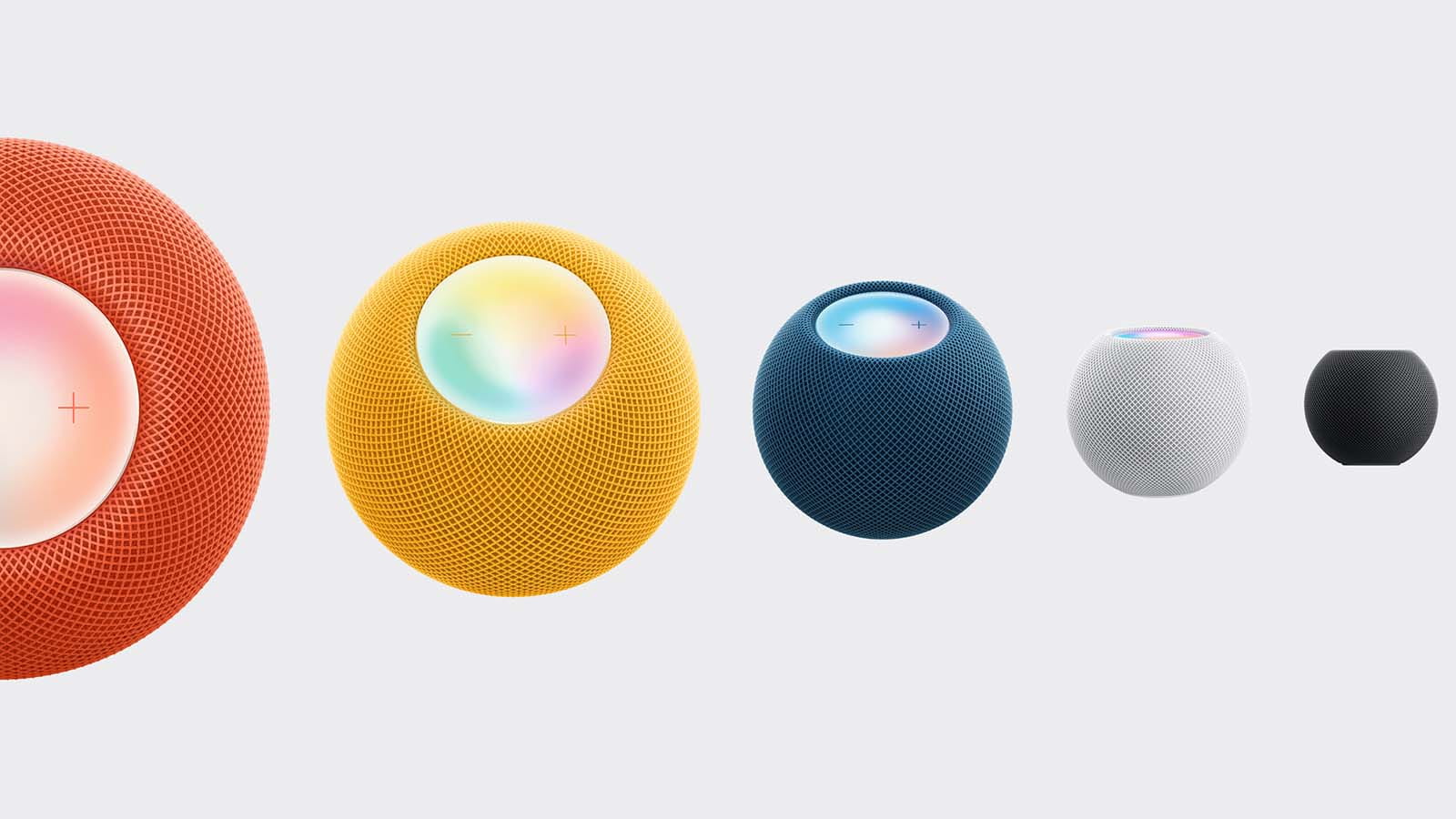
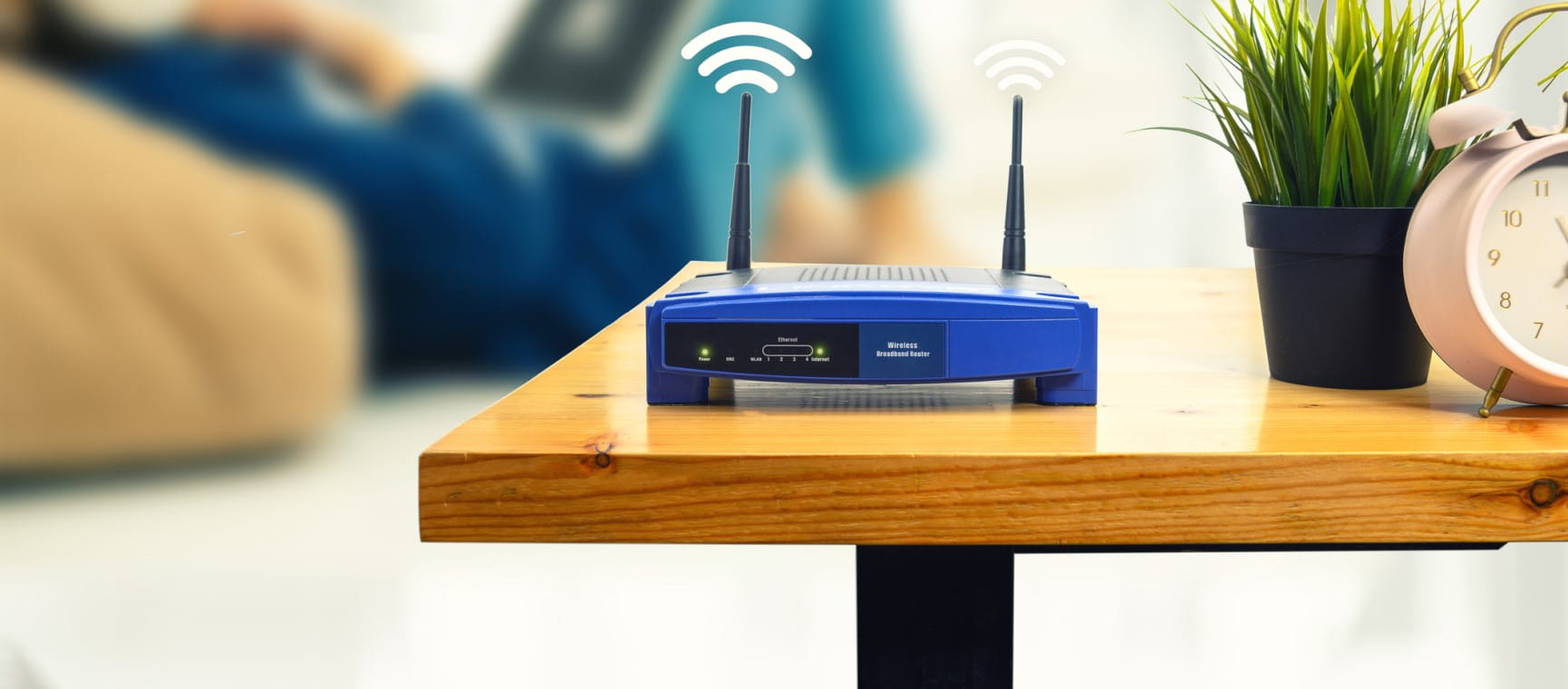
Follow our step-by-step guide to find out your internet speed - and whether it’s your device or broadband that’s slowing you down.
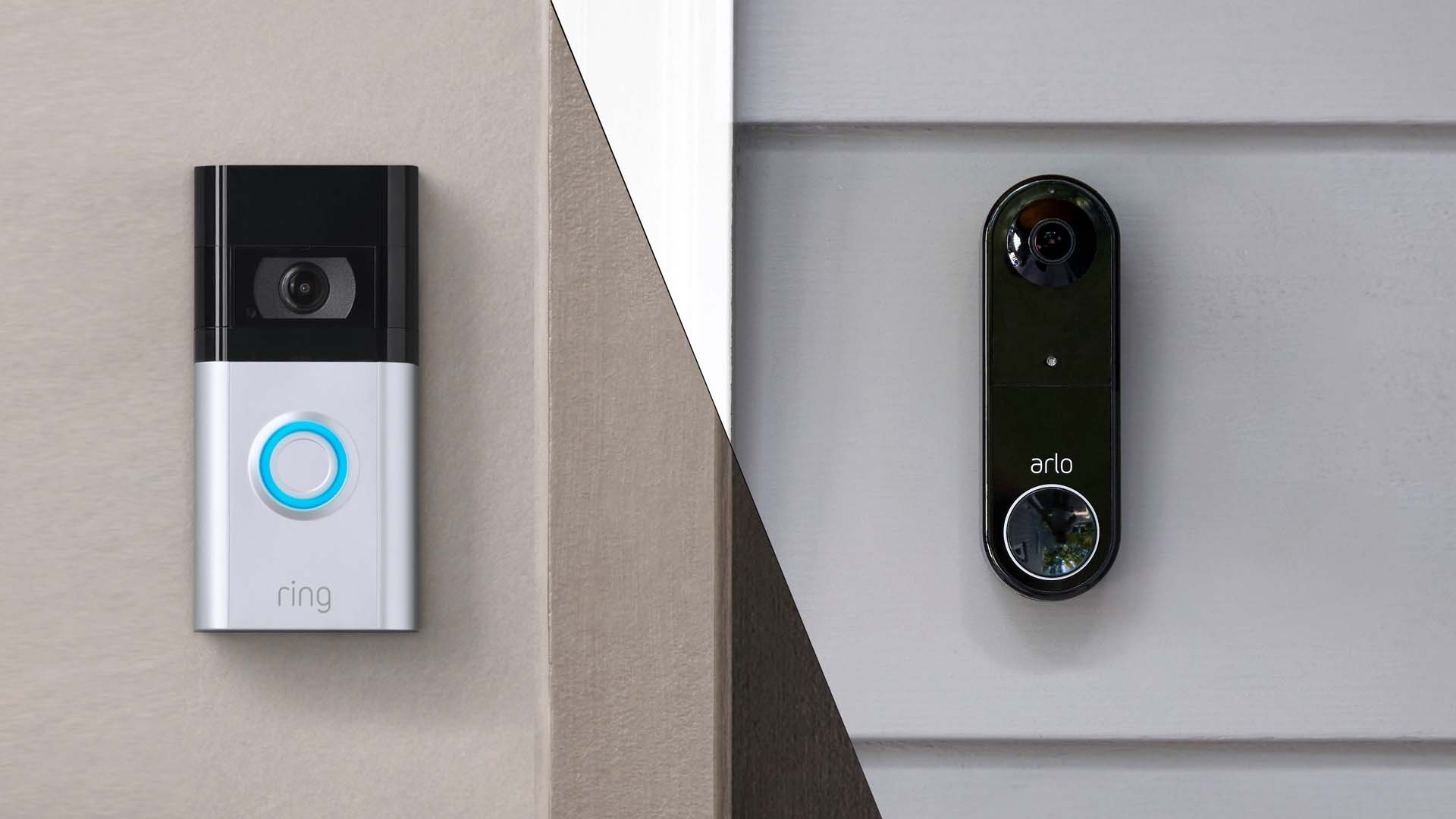
These video doorbells show you who's at your door, even when you aren't home.
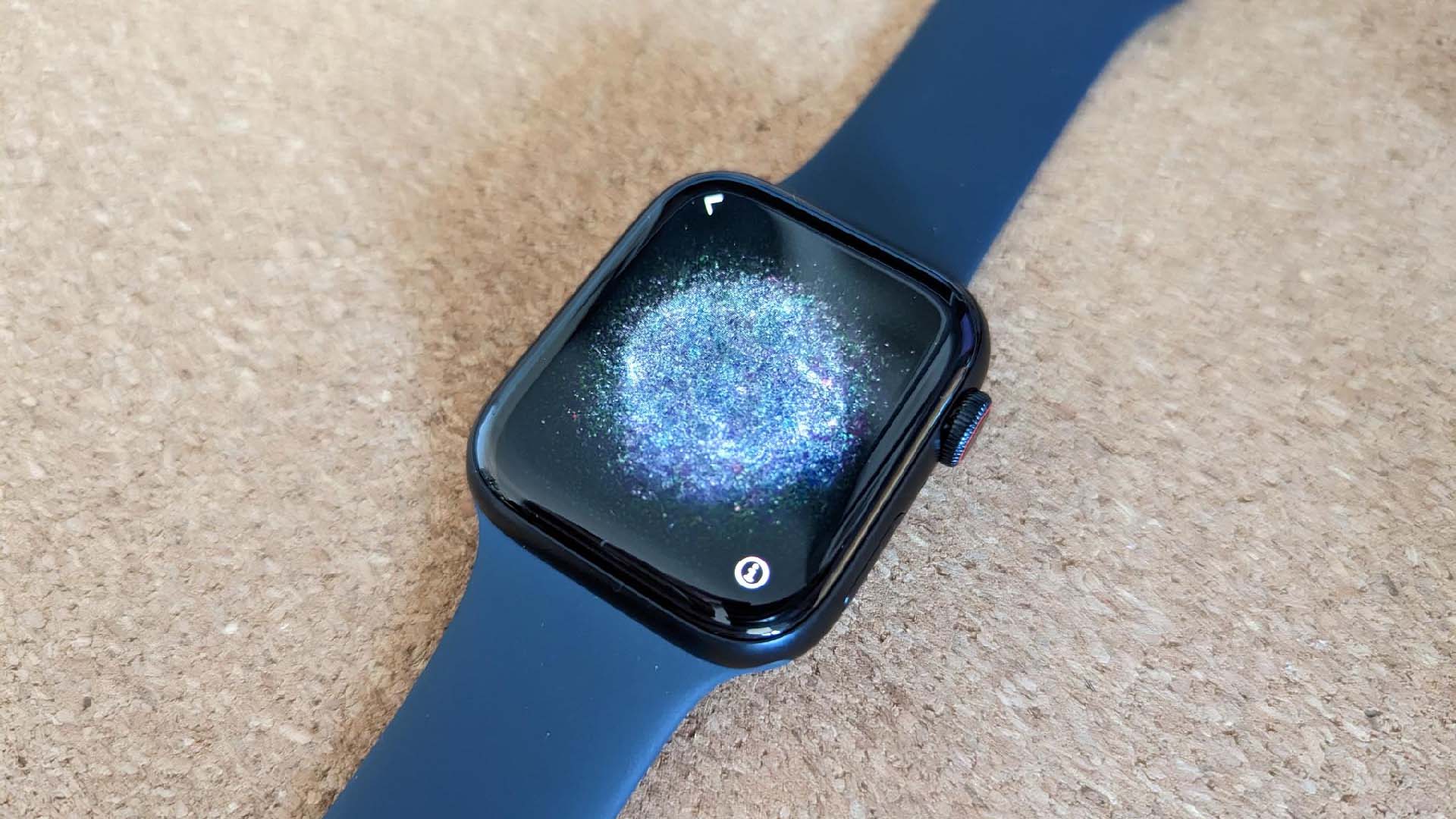
We explain everything you need to know to connect an iPhone to an Apple Watch.
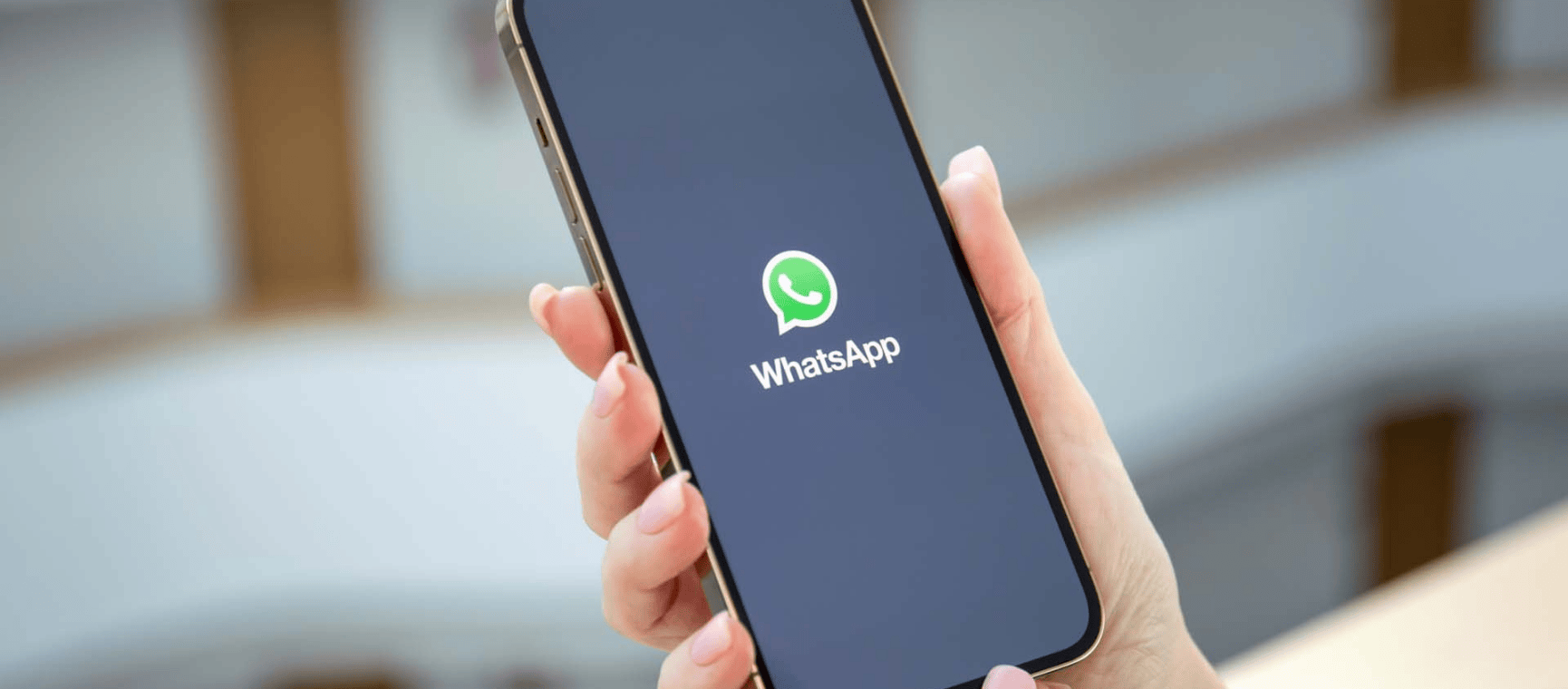
Think you know how to use WhatsApp? We've got some handy tips to help you get the most out of the messaging app.
